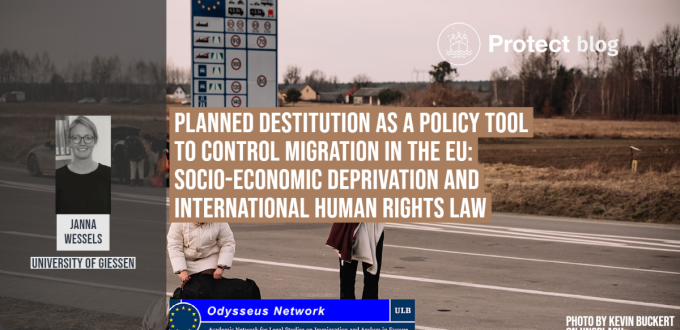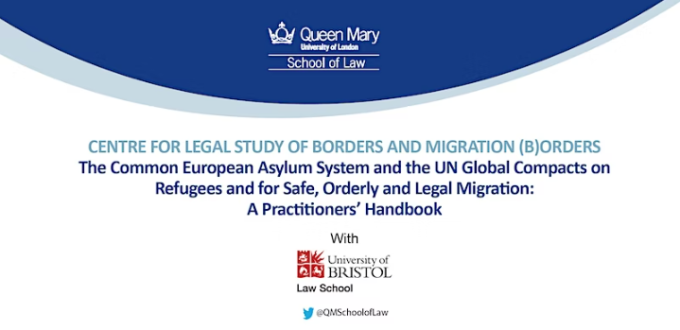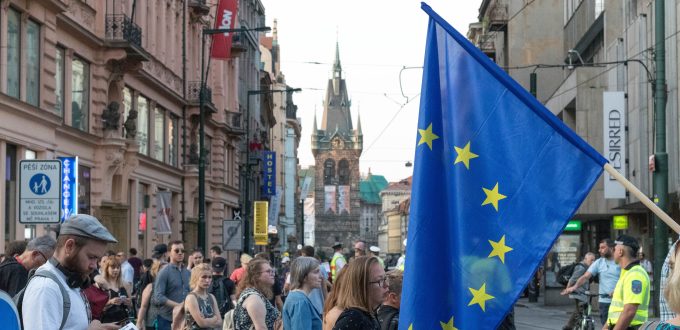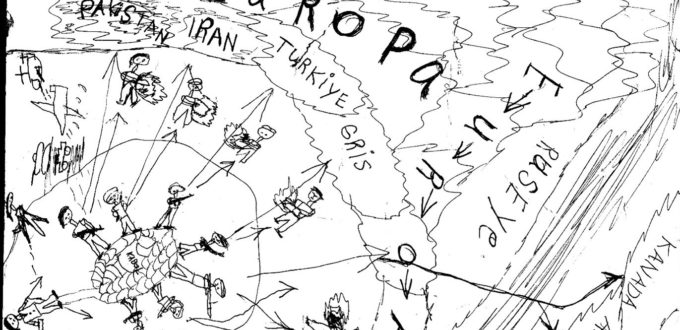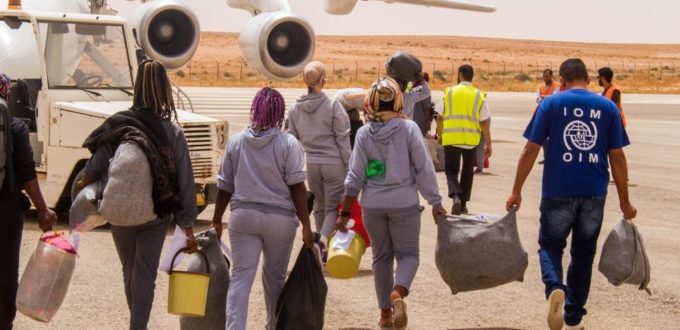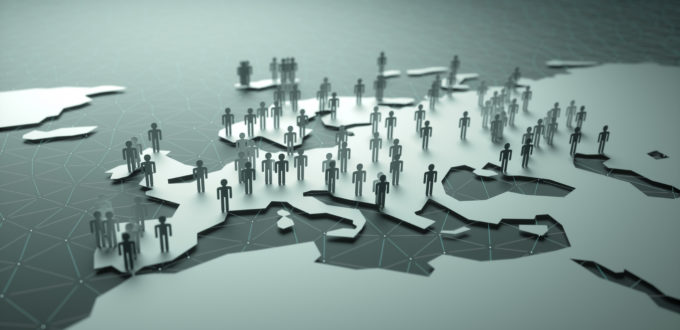Policies of ‘planned destitution’ in the EU The increased use of social and economic exclusion as a policy tool with a view to managing certain groups of ‘undesirable’ migrants is one of the major trends in European asylum and migration policy. While this already occurs under the current legislative framework, the most recent reform proposals tabled by […]
Why do recognition rates for asylum seekers differ so dramatically across the EU?
Every year, more than a million asylum applications are lodged worldwide. In 2021, a total of 1.4 million claims were made, 648 thousand of which were in the European Union, but only a fraction of these will eventually lead to protection. In 2021, 22% of first instance decisions in the EU granted refugee status; another 17% granted other protection statuses. If […]
A Novel Approach to EU Asylum Law
This Practitioners’ Handbook on the Common European Asylum System (CEAS) and EU and Member States’ Commitments under the UN Global Compact on Refugees and the UN Global Compact for Safe, Orderly and Regular Migration identifies CEAS provisions which fulfil the Compacts’ requirements as well as those that diverge therefrom. Through this exercise, the Handbook highlights […]
Can Russians refusing to perform military service claim asylum under EU law?
As Professor Elspeth Guild and I discuss in a recently published PROTECT Policy Brief, in both international refugee law and in EU law, people fleeing punishment or persecution for seeking to avoid conscription to fight in a conflict in which war crimes are taking place are entitled to seek and enjoy protection as a refugee. […]
The Common European Asylum System and the UN Global Compact for Safe, Orderly and Regular Migration
When: Tuesday, 27th September 2022, 17:00 – 19.00 hrs Where: Room 3.1, Lincoln’s Inn Fields, Centre for Commercial Law Studies, Queen Mary University of London or online (register here) The (B)OrderS: Centre for the Legal Study of Borders and Migration at Queen Mary University of London (QMUL) and the Centre for International Law at the University of Bristol invite you to […]
Recordings and policy recommendations available from the Inclusive Europe Policy Roundtable
The policy roundtable, based on findings from ten H2020 projects, looked at “Migrations and migrants in the EU: changing narratives – modifying practices – influencing policies”. The recordings from #InclusiveEurope2022 are now available on YouTube. Visit our channel to watch them. Otherwise, you can find the main proceedings of the roundtable summarized in the following […]
Relocating asylum seekers or paying someone else to do it for you? What citizens have to say
Relocation of asylum seekers has been at the heart of fierce controversies over the past decade. When the refugee crisis erupted in Europe in 2014-2016, the large inflows of asylum seekers shed light on the inadequacy of a system that everyone knew to be wobbly: the Dublin Regulation. Said Regulation aims to determine which EU member state is responsible for a given asylum claim lodged in the block. It relies on a hierarchy of principles that most often ends up in attributing responsibility to the member states whose border has been irregularly crossed. For mere geographical reasons, the states that happen to be located at the external borders of the EU are the ones bearing much of the responsibility. While this system somehow works so long as influxes are low, the sizeable increases of the years 2014-2016 clearly unveiled its limits; with Italy and Greece struggling to deal with the situation and calling for solidarity from their fellow member states.
The continuum of violence and death on the Greek island of Lesvos
Although one might think that death would be the last act of a lethal political game which is played at refugees’ expense and that death itself would serve as a figurative border beyond which violence would not carry on and inflict suffering. My research indicates that violence also continues in death and even beyond the moment of death. Violence continues to be inflicted upon the lifeless bodies which are washed ashore, the unidentified and missing persons, the shipwreck survivors, the families, and even whole communities.
Back to the future? Questioning EU’s renewed approach to returns and readmission
In February 2021, the European Commission published a new Communication on ‘Enhancing cooperation on return and readmission as part of a fair, effective and comprehensive EU migration policy’. The document, which outlines the first assessment on the state of readmission cooperation with third countries, identifies obstacles and challenges, as well as potential incentives to step […]
What’s new in the New Pact on Migration and Asylum?
States remain the central actors in shaping the outcomes of European migration policy, and states only can turn the ambitious goal of ‘effective solidarity’ set by the European Commission into reality.

